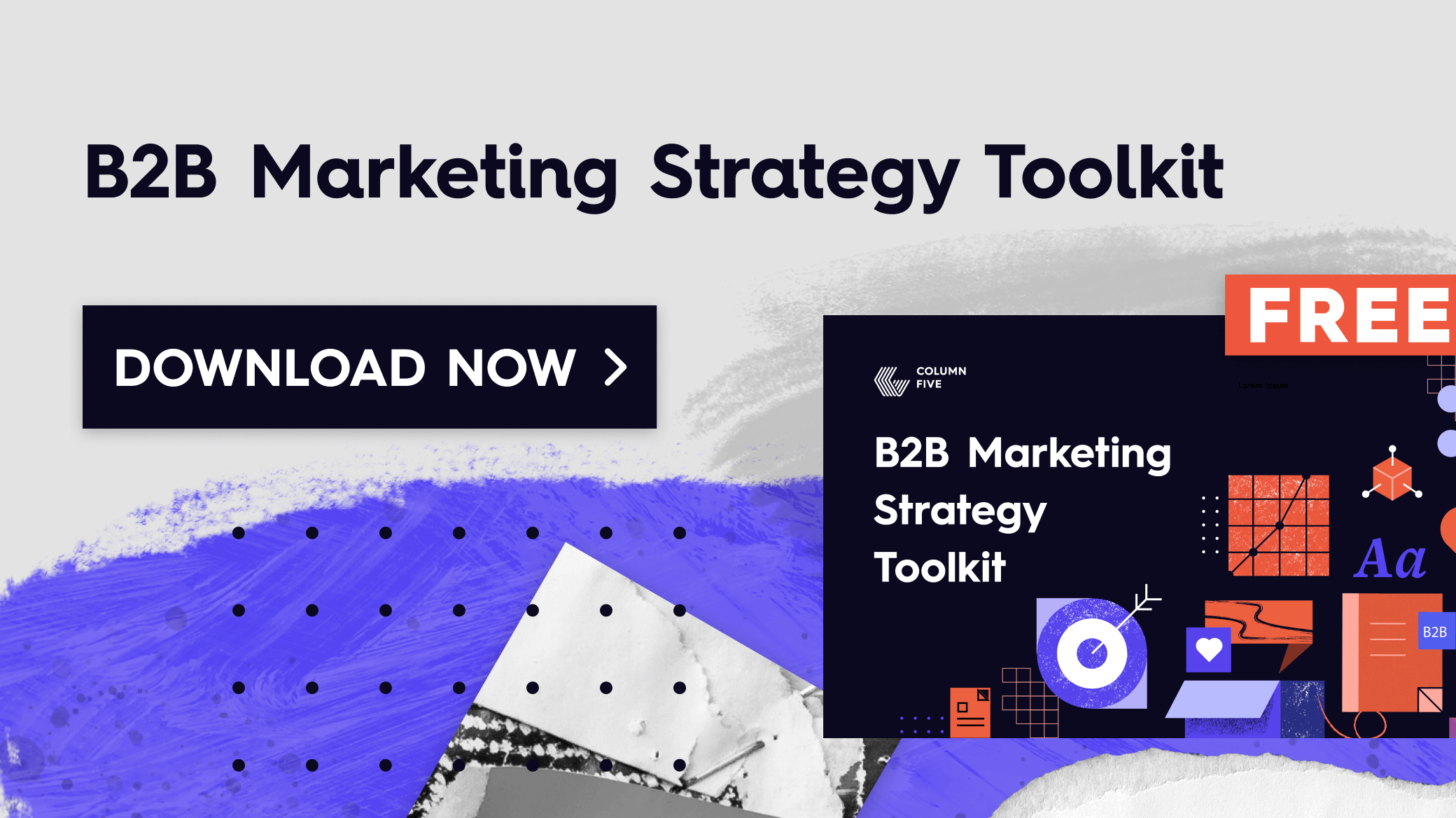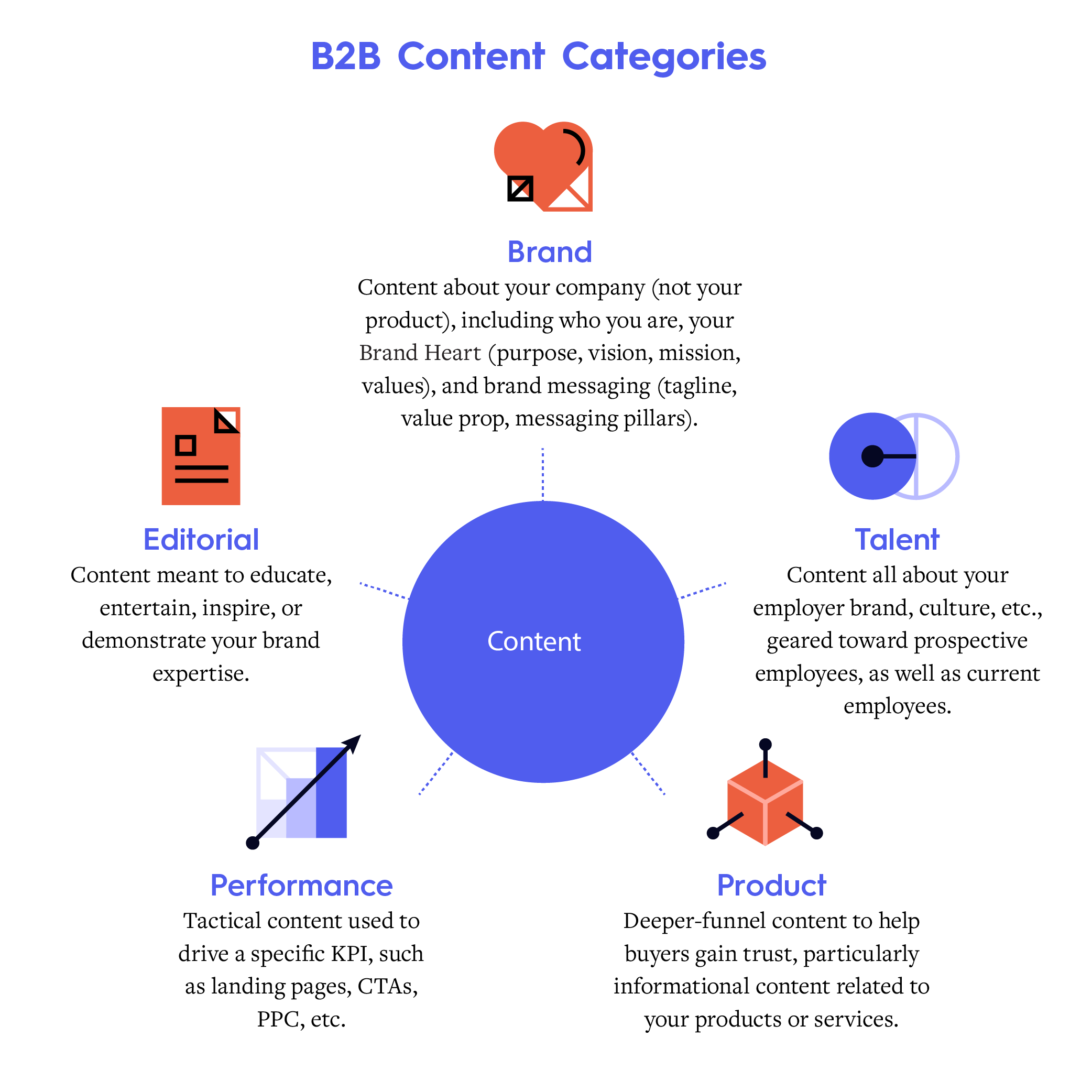SaaS email marketing can be frustrating. Why? Because B2B marketing just isn’t as easy as B2C. Consumer brands often have a clear and immediate response to email marketing, but in SaaS, where it takes an average of 84 days to close a deal, nurturing leads with a full email marketing program can feel like a lot of work for no immediate reward.
But, trust us, that work is worth it. Email is one of the most effective ways to engage with your audience, grow your community, and convert people. According to Litmus, for every $1 you invest, you get a $36 ROI. And when you know how to work smarter, not harder, you can increase your ROI even more. To help you do exactly that, today we’re sharing some of our best research-backed tips to improve your SaaS email marketing—with less sweat and stress.

10 Tips to Master Your Email Marketing
Here’s the good news: You don’t have to overhaul every single thing you’re currently doing in your email marketing. But with some small steps (and plenty of A/B testing), you can tackle this mix of strategic and tactical tips to improve your overall marketing results. Best of all, many of these tips take relatively little effort but reap huge rewards. We know this firsthand.
We’ve done—and continue to do—all of these things to some degree, and we’ve found great success. (Not to brag, but our open rate is 47% higher than industry standard, and our CTR is 218% higher than industry standard.) So we hope these tips help you master your email marketing, nurture your leads, and convert your community one SEND at a time.
1) Segment your audience (or reassess your segmentation).
Industries change, businesses change, and audiences certainly change. What worked last year may not work next month, so it’s smart to regularly review and improve your segmented lists.
- Are you segmenting the right groups?
- Are your segments too large or too small?
- Do you have a clear understanding of their interests and drivers?
Tip: Use our free personas template to identify, clarify, and segment your audience, then use our buyer journey template to identify what marketing messages each segment needs to hear in which emails, and create fresh workflows to feed those messages to them.
2) Add more links to your emails.
It sounds simple, but data shows that adding multiple links to the same thing increases the likelihood that someone will click through to it, whether it’s the first or third time they see it in your email.
According to Mailchimp, the average CTR for SaaS companies is 2.45%.
Additionally, Mailchimp recommends descriptive linking vs. the standard “click here.”
Example:
- YES: Get your free B2B content strategy toolkit to transform your content now!
- NO: For a free B2B content strategy toolkit, click here.
Remember: Email marketing is a well-established medium. Your audience understands the concept of links. When you use language that is less natural or more directive (e.g., “click here), it can feel out of touch or condescending to savvy professionals. This approach also lets you write more natural and compelling content while being less interruptive.
Tip: Link the most important piece of content at least three times in your email.
3) Mix up your subject lines.
We’re going to talk a lot about the power of A/B testing in this article. In email marketing, subject lines can make or break you, as they’re generally someone’s first impression of your email. Finding an enticing, clickable subject line is crucial. This is especially true in SaaS, where brands tend to sound like generic robots.
According to Mailchimp, the average open rate for SaaS brands is 21%.
We highly recommend A/B testing subject lines to get a sense of what resonates with your audience, or the type of subject line they respond to. A few things to consider as you experiment:
- Emotion: Things that are surprising, exciting, or even shocking can really hook people.
- Benefits: What will they gain by clicking? For example, “Your 2023 Starter Pack is HERE” was our most popular email subject line last year.
- Urgency: The more pressure/time-crunch people feel, the more likely they are to click.
- Personalization: Studies consistently show that personalization increases visibility and clickability. Personalization tokens in subject lines also increase deliverability, preventing content from going to people’s junk folders.
A/B testing helps you understand not only what resonates but what your audience really likes. For example, you might find they’re particularly partial to emojis, or numbers, or more emotional language.
According to Litmus, QA, A/B, and spam testing your emails increases ROI by up to 28%.
Tip: One of the most important rules of subject lines is to keep it short. Mailchimp suggests 9-60 characters to keep it legible in an email feed.
4) Add a GIF.
People are inherently visual, and GIFS are one of the best ways to wake them up. It seems like a simple tactic, but the data backs it up. According to Litmus research, companies that included animated GIFs in their emails saw an ROI of 37:1, while brands that never included them saw an ROI of 18:1.
Tip: Use GIFS to showcase your brand personality. We started including a funny GIF in each newsletter two years ago, and we know it gives us and our audience a laugh each week. Alternatively, if a humorous approach doesn’t totally align with your brand, consider how animated visuals can enhance your content in other ways (think data visualizations or other information visualization). Visuals that help your audience understand content at-a-glance can be especially powerful.
5) Add more personality.
Let’s be real. SaaS email marketing doesn’t always work well because it can lack humanity. SaaS marketers tend to rely on jargon, buzzwords, or data to connect with their audience, and while these things can be effective in the right time and place, they are often dry and dull.
People crave connection, and infusing your content with your brand personality is a great way to give them.
- Do you use your brand voice well?
- Do your emails sound human and personable?
- Is your email nicely designed according to your brand?
- Do you take advantage of strong brand imagery?
We’re living in a time when your brand personality is often the single most significant way you can differentiate from your competition. Every piece of content you create, from your e-books, to your CTAs, to your emails, should show off who you are. For that reason, we ourselves conducted an audit of all of our email content, from welcome emails to ebook delivery emails, and rewrote them to add a little more personality and, dare we say it, pizzazz.
Tip: Use our free brand voice template to identify your personality and create guidelines to use it. And if you need some inspiration, here are 6 examples of great SaaS emails.
6) Reassess your publishing cadence.
Are you sending too many emails a month? Are you sending too few? Finding the perfect balance is the key to keeping your audience engaged.
According to Litmus, 9-16 emails per month is the sweet spot.
This is an important thing to A/B test for your own brand. Note: Segmentation and personalization intrinsically help you avoid sending too many emails. When you’re more intentional about which emails you send to each group (and the value those emails provide), you’re less likely to overwhelm your audience.
Tip: Of course, your volume may fluctuate. You may send more emails around a big launch or less around a hectic time of year. Either way, plan those thoughtfully and consider the value of what you are or aren’t sending. For example, we generally avoid sending emails around the holidays. Those emails have some of the lowest open rates (historically), as they tend to get lost in the shuffle, and we think we provide more value and service by giving our audience a break around that time of year.
7) Experiment with your send time.
This one can be tricky, as SaaS brands may have customers all over the world. But finding a solid window will only improve your ROI (and improve your audience’s brand experience too).
Luckily, there is some solid data on this topic.
- According to Sendinblue data, SaaS brands are likely to see the best open rates if they send on a Tuesday or Thursday, but they have the highest click-through rates on Wednesdays.
- For open rate, the best times to send are 10 AM and 3 PM.
- For click-through rate, the best time to send is 2 PM.
Tip: Consider your target audience’s wants, needs, and daily schedule. For example, is a VP of Product Development likely to review non-urgent email first thing in the morning, or would they be more likely to click on an email right after lunch (when they’re fed and have more brain-space)?
That said, every brand is different. For example, we send our weekly newsletter Thursdays at 11:05 AM. (We have found out the hard way—via mis-scheduled emails—when our audience is definitely NOT active or opening our content.) Again, A/B testing can help you find out what’s best for you.
8) Curate the right mix of content.
If you want to keep people nurtured and engaged in your email marketing, you need to feed a solid feed of interesting and relevant content. Consider the different pillars of content you produce and what audiences crave most. (Look back at your data to identify what is most popular.)

For example, if you’ve been heavy on content related to a new launch, consider tempering that with some high-value downloadable content.
Tip: Create a simple poll to find out what your audiences like. When we did this last year, we found out that our audience is especially interested in real-life examples and roundups of good marketing, so we are incorporating more of that into our strategy mix this year.
Note: If you do send a poll, it is important to acknowledge/take action to address poll results. If people give you their time and feedback with absolutely no response, it can erode brand trust.
9) Keep your lists clean.
We know it’s painful to reduce your list numbers, but it’s always better to have a smaller, healthier pool of subscribers than a bloated list that actually drives your ROI down. So, reach out to unengaged subscribers at least every 6 months to find out if they’re still interested in your content.
This is not only a good thing to do for your numbers but it’s a good thing to do for them too. By simply reaching out and acknowledging that you might not be providing value to them, you demonstrate empathy and show that you genuinely care about their inbox experience.
Tip: A simple subject line like “Still want to keep in touch?” or “Are we breaking up?” can be an effective way to catch their attention. Just make sure it’s very easy to unsubscribe or opt back in.
On that note, always make it easy for anyone to unsubscribe at any time—and not just because it’s illegal to hide the unsubscribe option in many countries. (Follow the law first, and make your emails pretty second.) Also, don’t make people re-enter their email to unsubscribe either. The more work you make them do to leave, the more they’ll resent you.
10) Do a quarterly postmortem.
Review your analytics on a quarterly basis to identify what worked, what didn’t, and any other insights your data may hold. If you’ve incorporated more A/B testing, now is the time to look at what you’ve learned.
- What type of content proved most popular?
- What subject lines had the highest open rate?
- What formats did people gravitate toward?
Tip: A pre-send checklist can help you improve the quality of your email marketing and ensure everything you send is up to standard (e.g., are graphics rendering properly? Does your subject line have a strong emotional hook? Is the final email fully proofed? Are your links active and accurate?)
According to Litmus, companies that use an extensive pre-send checklist saw a substantially higher ROI (40:1) than those that don’t use a checklist (28:1).
Remember: Experimentation Is Everything
SaaS email marketing isn’t a one-and-done thing. It’s an ever-evolving practice, and the more you experiment, the more you can and will learn. What matters most is that you start with a strong content strategy foundation, track and measure your goals, and use the results to make data-informed decisions as you go.
Above all, staying up to date on marketing best practices will help you move faster and make smarter decisions as you go. If you need a little hand there, sign up for our weekly newsletter, which is full of helpful tips to master your marketing. (Plus, you can see our own email marketing in action.) You can also check out our free resources archive for more tools and templates. And if you need some direct support in bringing your content or email marketing to life, see our FAQs or reach out. Whether we work together or not, we hope these tips have been helpful—and we wish you the highest open rates and click-throughs in the future.





